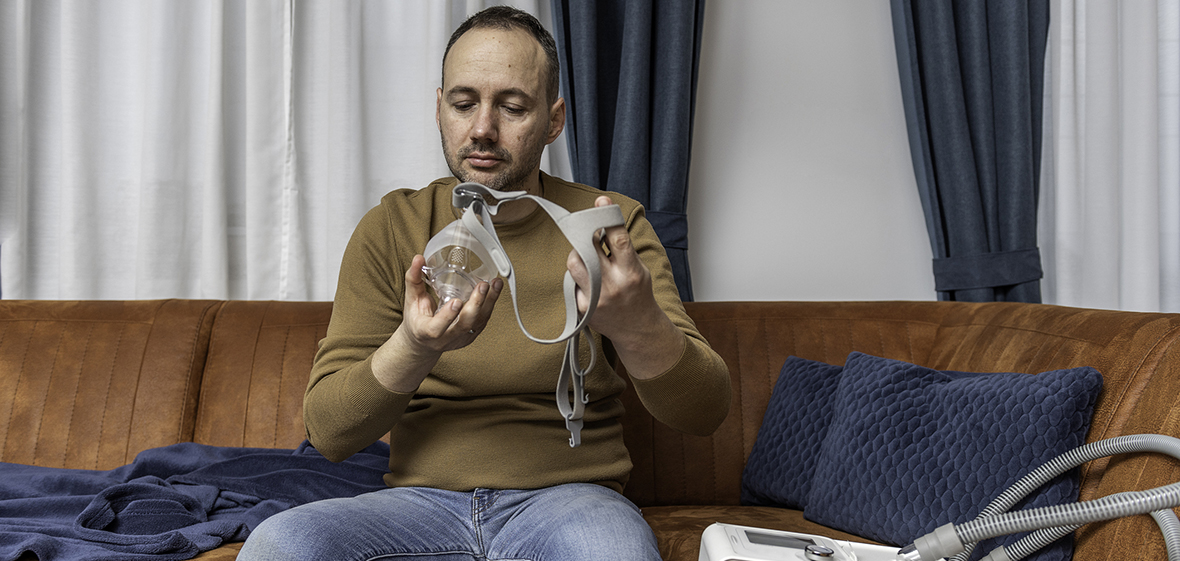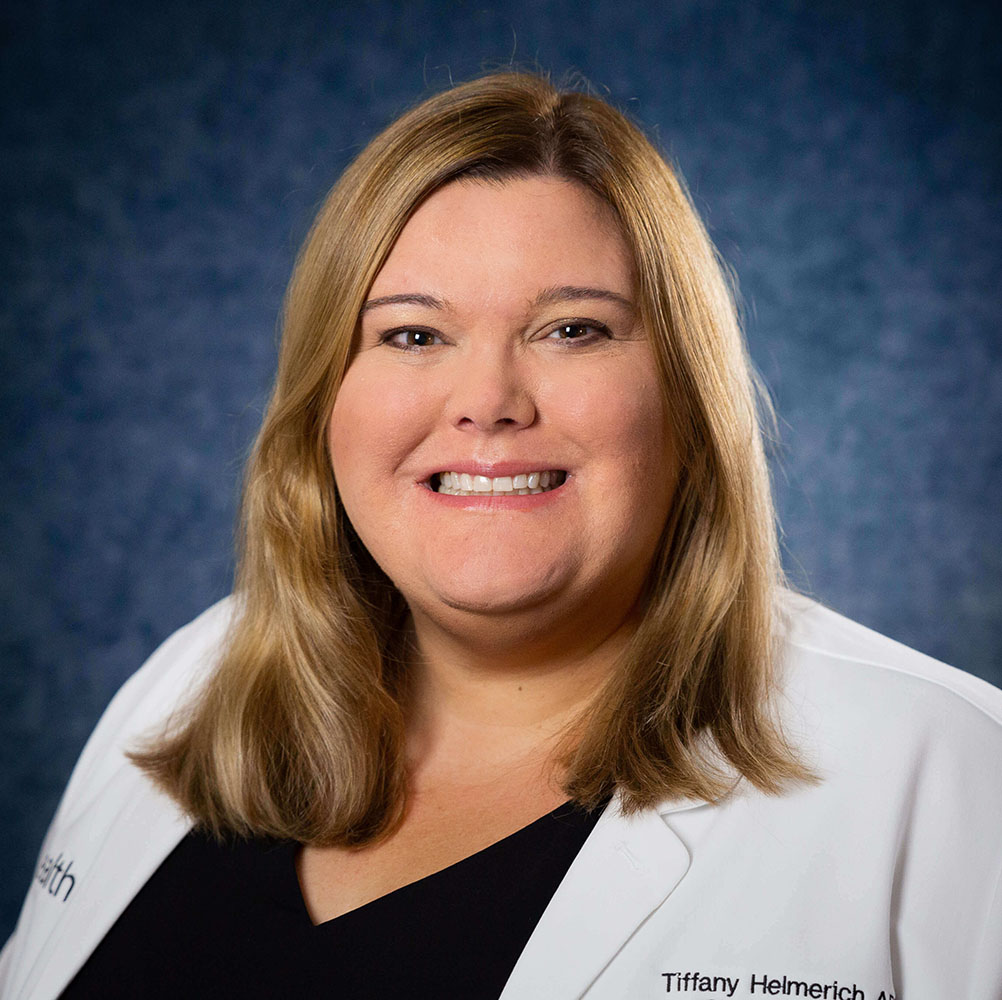
Sleep apnea is a disorder that causes breathing to frequently stop while a person with the disorder is asleep, according to the Sleep Foundation. The American Medical Association reported in April 2022 that sleep apnea affects around 30 million people in the U.S.
The condition is characterized by abnormal breathing patterns during sleep, with reductions and pauses in breathing for brief periods of time. Even though people with sleep apnea may wake up when they stop breathing, they may not become fully awake and stay unaware of the full extent of their breathing problems that occur while they sleep.
Obstructive sleep apnea (OSA) is one of several types of sleep apnea, and the most common. In people with OSA, their breathing stops for more than 10 seconds while they are asleep. This occurs five or more times hourly throughout the sleep duration.
People with OSA frequently have hypopneas while they sleep. In a hypopnea episode, breaths are reduced, and their bodies are not getting enough oxygen.
The brain can tell if you are not getting enough oxygen while sleeping. If this happens, your body will likely wake up for a very brief time just to breathe before you fall asleep again. These periods of falling asleep, briefly waking up and going back to sleep again can endure throughout your sleep period, causing you to not be properly rested.
People with OSA may not always have symptoms of the condition. However, OSA can be accompanied by some of the following symptoms:
- Apnea episodes, consisting of periodic snoring and periods of quiet time where you don’t snore
- Snoring that starts loudly when breathing resumes
- Morning headaches
- Daytime sleepiness
- Frequent nighttime awakenings or restlessness
- Irritability
- Feeling depressed
- Decreased concentration
If you feel you could have OSA, it is recommended to be evaluated by a sleep specialist. If left untreated, OSA can result in several consequences including accidents at work or in your car, worsening of symptoms, and increased risk of heart attack, heart arrhythmia, stroke, dementia and death.
The gold standard for diagnosis of sleep apnea includes a sleep study. Sleep studies can be completed at home or in the sleep center. Discussion with a sleep specialist can help identify what is best for each individual patient based on their symptoms and other health conditions.
Non-surgical treatments for OSA include:
- Positional therapy: Using a device that helps you sleep on your side or in an alternate position. Typically sleep apnea is worse supine, or on your back.
- Continuous Positive Airway Pressure (CPAP) machine: This is a device you can use at night to provide positive air pressure to your upper airway to help keep it open and minimize obstructions and therefore increase oxygen levels.
- Lifestyle changes: If needed, you can focus on weight loss by safely eating right and exercising. It can also be beneficial to avoid drinking alcohol and using sedatives.
- Oral appliances: You could use an appliance like a mouth guard or an appliance to keep your tongue stable, for example.
- Nasal resistor: This is an appliance that goes into your nostrils to reduce nasal airflow restriction.
There are also surgical treatment options for OSA if there is an anatomical issue causing the obstruction in the upper airway. Surgery can either be for curing OSA or for making it less severe.
UofL Health – Sleep Medicine uses a multidisciplinary approach to diagnose and treat sleep disorders. Our physicians are board-certified by the American Academy of Sleep Medicine. Call UofL Physicians – Sleep Medicine Associates at 502-259-6610 or UofL Physicians – Sleep Center at 502-588-0480 for more information or to schedule a sleep consultation.









